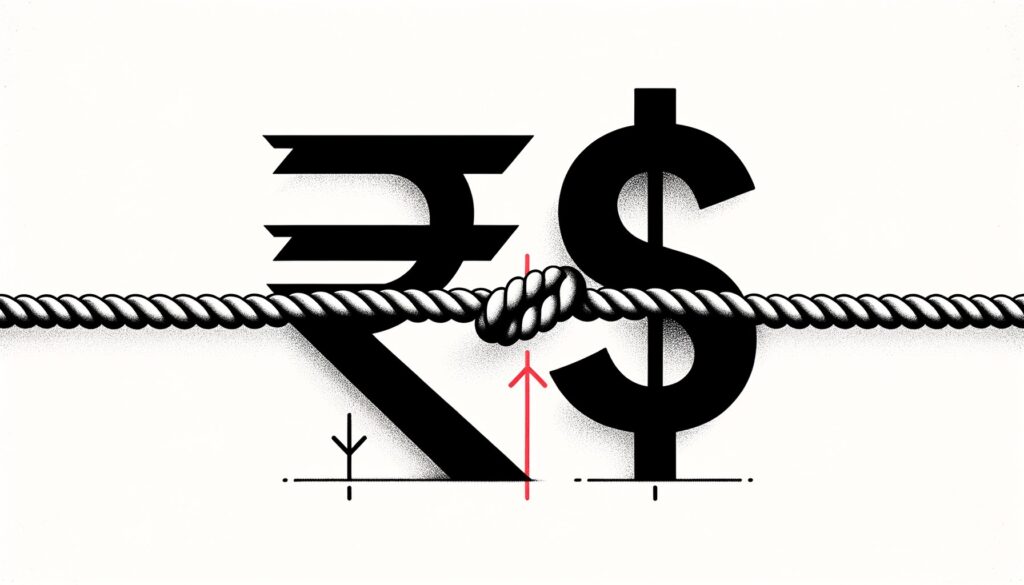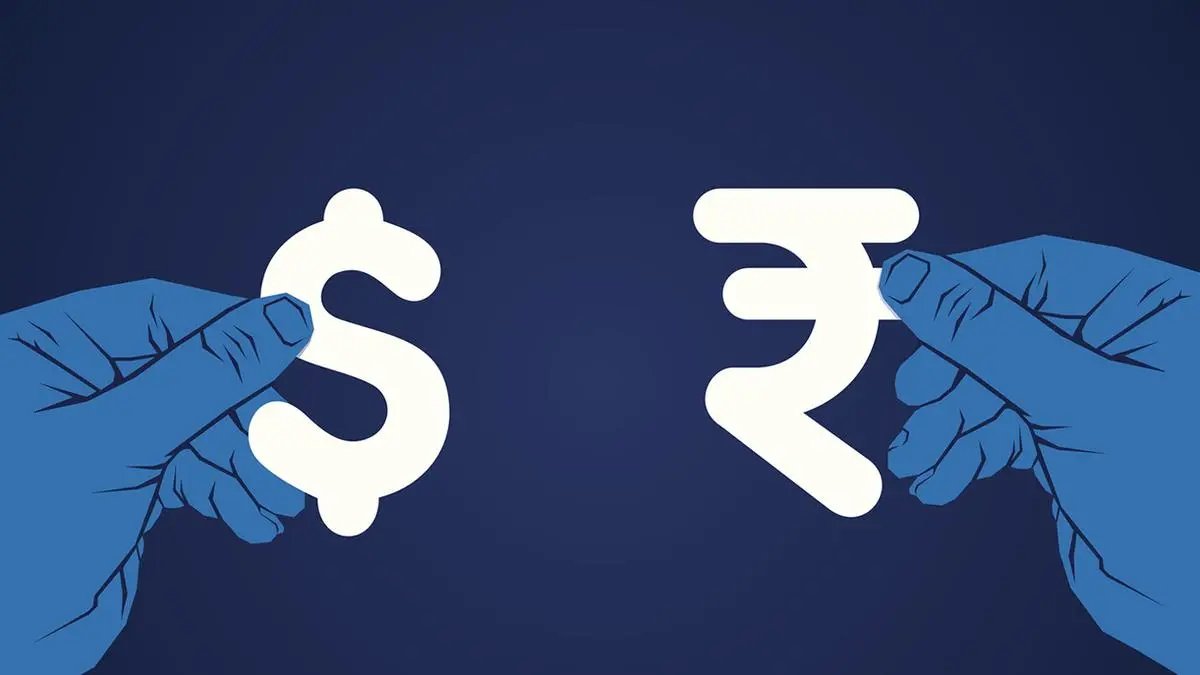What’s going on here?
The Indian rupee closed nearly flat on Monday at 83.90 against the US dollar, barely moving from 83.89 in the previous session, despite early trading peaks and a weakened dollar.
What does this mean?
The rupee’s lack of movement highlights persistent challenges from strong dollar demand among importers and foreign banks, overshadowing gains from a slumping dollar. With dollar-rupee forward premiums peaking at 2.14% before slightly retreating, and Federal Reserve Chair Jerome Powell’s dovish comments suggesting a potential rate cut in September, the rupee remains under pressure. Additionally, foreign investor outflows, with approximately $2 billion withdrawn from Indian equities in August, compounded the rupee’s struggle to capitalize on trends seen in other Asian currencies.
Why should I care?
For markets: Navigating the waters of uncertainty.
The rupee’s stagnation reflects broader market unease, with strong dollar demand and significant equity outflows dampening investor confidence. While other Asian currencies experienced modest gains, the rupee is expected to fluctuate between 83.75 and 84 in the near term. Investors should monitor Fed policies closely, as rate cuts could influence emerging market currencies, including the rupee.
The bigger picture: Global economic shifts on the horizon.
Powell’s unexpected dovish stance has raised the possibility of significant monetary easing, potentially reshaping global economic strategies. If the Fed proceeds with a larger-than-expected rate cut, it could lead to a weaker dollar and shifts in investment flows, impacting emerging markets like India. These developments underscore the interconnectedness of global financial systems and the potential ripple effects on currencies and equity markets.







